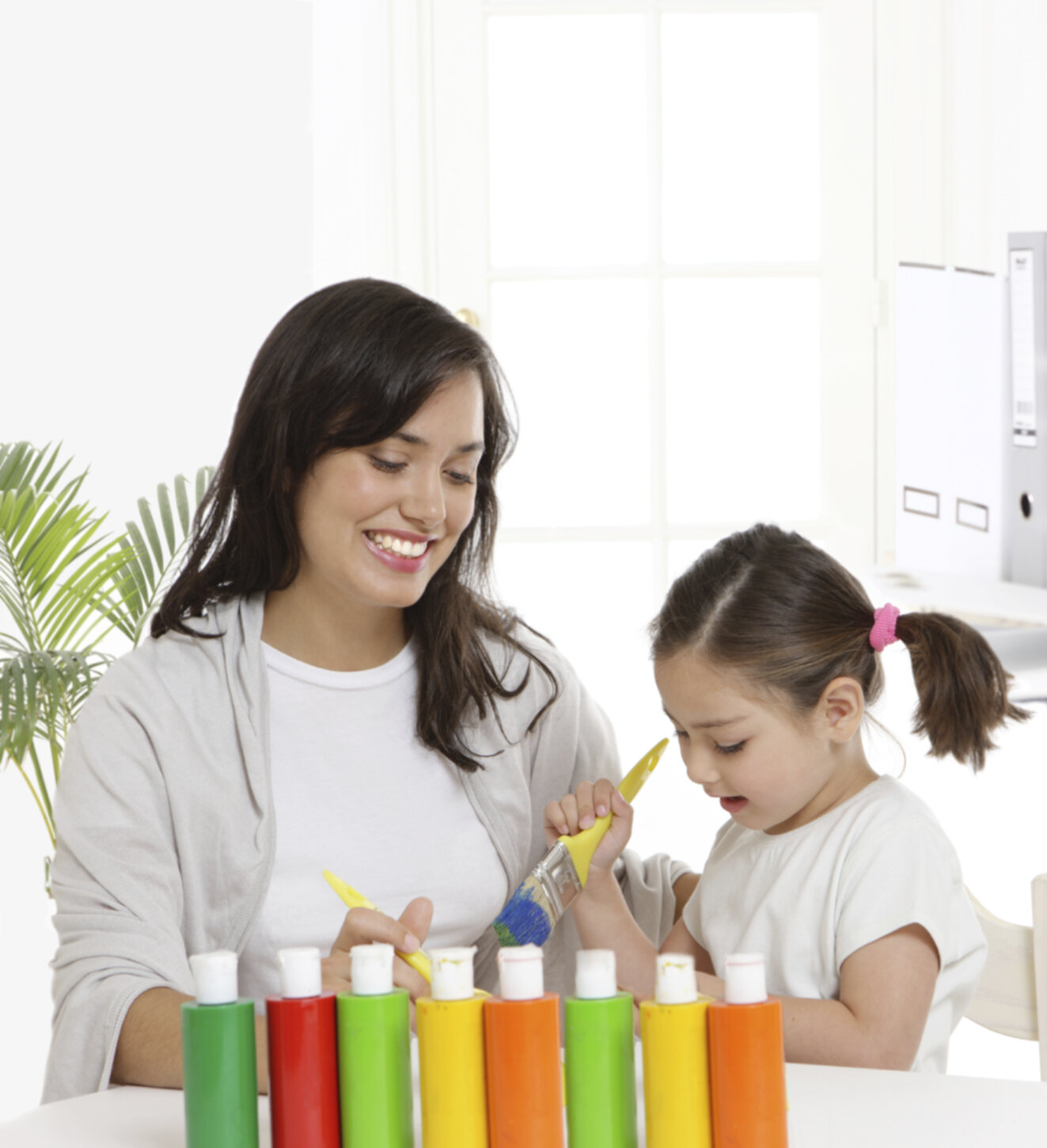 Bringing the Classroom Alive for Your ELL Students
Bringing the Classroom Alive for Your ELL Students
Creating a literacy-rich environment can help greatly in bringing the classroom alive for your ELL students, says the article “Supporting ELLs in the Mainstream Classroom: Language Tips.” One terrific tool, for instance, is to make a “word wall” and fill it with common writing and conversational phrases, grammar rules, sight words, new vocabulary, the ABCs and phonic blends.
The article “Literacy Success for English Language Learners in Elementary Schools” recommends using big picture books to teach phonemics, sight words, useful phrases and symbol/sound combinations such as rhyming words, vowels and consonants.
To help reinforce what ELL students are learning, be sure to paraphrase and repeat important concepts and explain the meaning of idioms and slang words when you use them. Also employ lots of body language and facial expressions, states the article. Above everything else, though, practice patience with your ELL kids, as learning a foreign language can be intimidating at times.
Invite guest speakers to come into your classroom and speak on particular topics, says the article “Top 12 Ways to Bring the Real World into Your Classroom”, and consider bringing in a bilingual guest speaker. Many of your ELL students are most likely Latino, so think about bringing in a Latino speaker to talk about their particular area of expertise, such as what it’s like to be an astronaut or pilot.
The article about bringing the classroom alive for your ELL students says that a language-rich environment will have books, books and more books in it. This doesn’t mean just at school but at home, too. One outreach program that encourages Latino families to add lots of books to the family library is the Latino Family Literacy Project. Through teachers, this program guides parents in setting up a daily reading routine using bilingual books, which has proven beyond helpful in helping ELL kids with vocabulary, reading and English, overall. Teachers can attend a one-day, program training at a workshop near them or via an online webinar.
